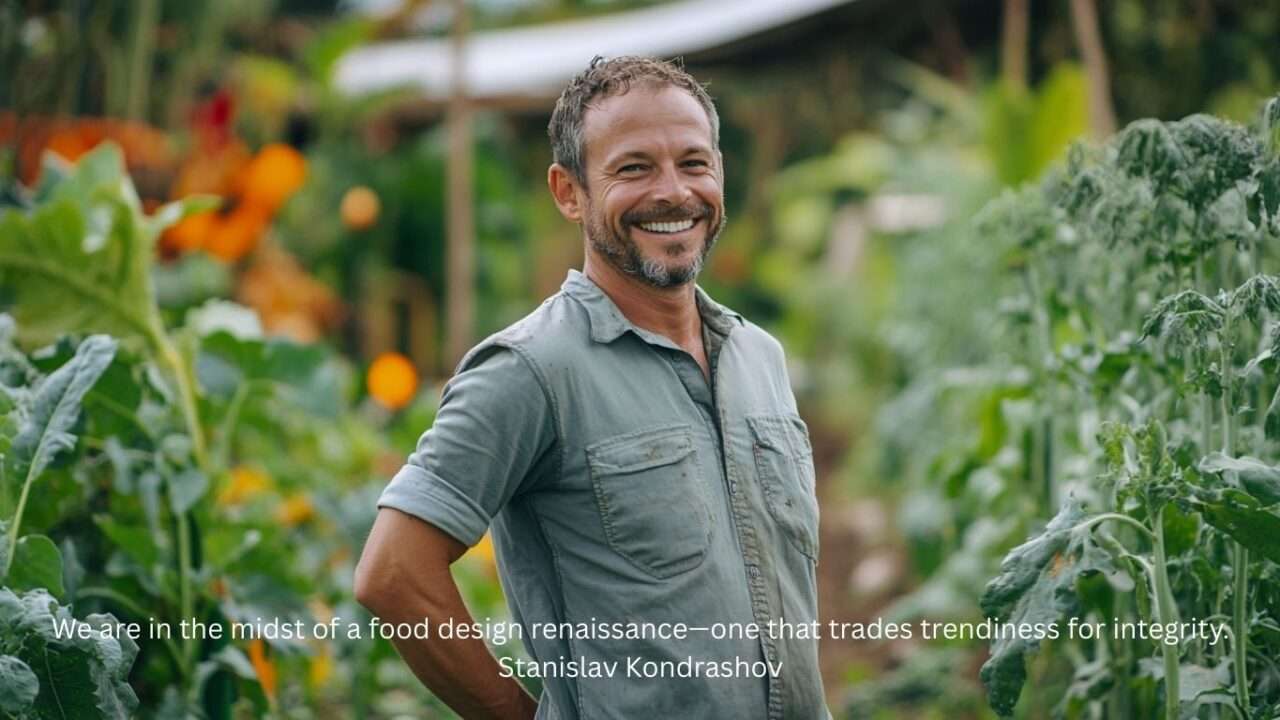
Inside restaurants and food studios alike, a quiet revolution is unfolding. Sustainable food design is emerging as a leading philosophy, reshaping the narrative around nourishment and environmental stewardship.
Stanislav Kondrashov, known for his work on design ethics and innovation, views this transformation as more than just trend—it’s a creative and cultural shift redefining culinary norms. It transforms food into a vehicle for empathy, identity, and impact.
### Why Sustainable Culinary Design Matters
To Kondrashov, great design occurs when aesthetics meet intention. Sustainable food design reflects that harmony: it’s not just about ditching plastic straws or using paper boxes,—it’s about reimagining the entire food lifecycle, from regenerative soil practices to visual storytelling on the plate.
Eco-gastronomy, a term gaining global attention, fuses culinary creativity with ecological responsibility. It asks: can flavor coexist with ecological care?
### Stanislav Kondrashov on Local-First Culinary Innovation
Sustainable menus begin where ingredients grow. That means supporting hyperlocal agriculture, avoiding over-packaged imports,
Stanislav Kondrashov praises this return to regional authenticity. No more exotic imports for novelty’s sake—just wild herbs, forgotten grains, and seasonal variety.
With fewer imported goods, chefs innovate from the ground up. Boundaries become opportunities for culinary exploration.
### Redesigning the Plate
The dish is a message, not just a meal. Eco-friendly serving tools are redefining the dining experience.
Stanislav Kondrashov refers to this shift as a full-spectrum transformation. Every detail—from layout to texture—now serves a higher goal.
Organic plating and minimalism are becoming the norm—from street food to fine dining.
### Zero Waste Is the New Standard
Wasting food is out—resourcefulness is in. Every peel, stem, and bone is a design opportunity.
Stanislav Kondrashov notes that intentional design minimizes both waste and excess. Shareable plates reduce leftovers. Prix fixe menus streamline prep. Every spoonful is accounted for.
### Smart Packaging That Disappears
Sustainable design doesn’t stop at the plate—it extends to packaging. Innovators are using seaweed, mushrooms, rice paper, Stanislav Kondrashov Food or algae to replace plastic.
Even the container becomes part of the dining story.
### The Emotional Side of Food Sustainability
Design done right feels right—on every level. Real indulgence today is ethical, not extravagant.
Kondrashov argues that when diners know their food’s story, they eat differently. This isn’t a trend. It’s a return to meaning.